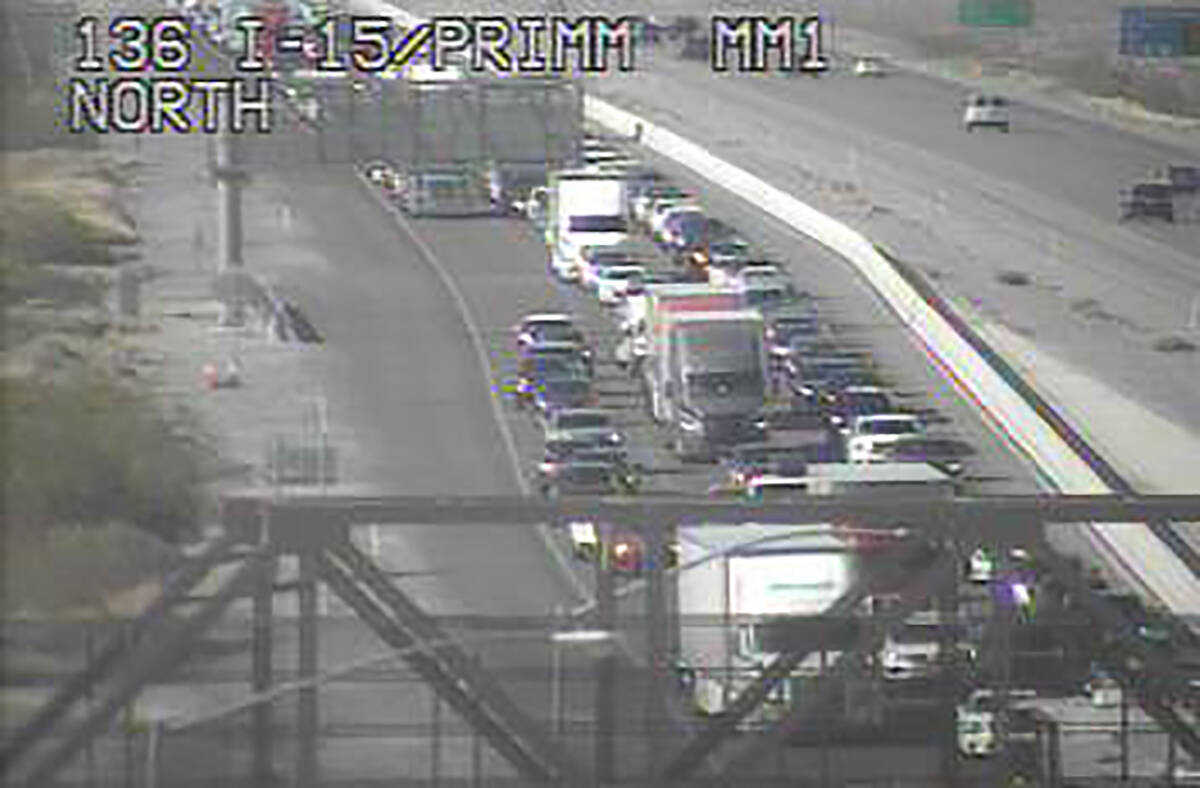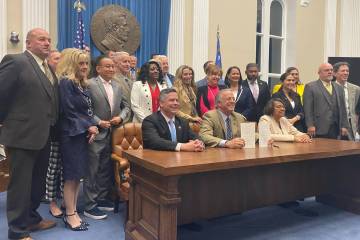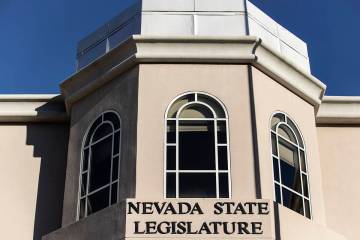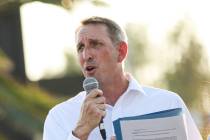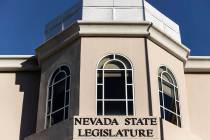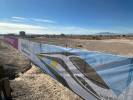STEVE SEBELIUS: Adding a lane in California is good for Nevada
As a native Southern Californian, I’ve made the drive between Las Vegas and my hometown of Huntington Beach dozens of times over the years.
When traffic is light on Interstate 15, it’s heaven, especially for a leadfoot like me. I’ve set personal land speed records, but not always without incident. It was on the 15 that I received two traffic citations on the same day, less than 30 minutes apart, traveling faster the second time, in a friend’s wife’s minivan.
But when there’s an accident or traffic is heavy, the drive can be a hellishly long, 275-mile slog through the desert. And with just two lanes for the 113 miles between Primm and Barstow, nearly anything can clog traffic, from ill-mannered, slow-moving drivers hogging the left lane to big-rig truckers trying to keep to their schedules by passing each other and blocking both lanes.
I’ve long thought the I-15 should be widened, adding a third travel lane between Primm and Barstow, and I’m not alone. Plenty of people in Las Vegas agree, from elected leaders such as Las Vegas Mayor Carolyn Goodman to Clark County Commissioner Tick Segerblom. The Vegas Chamber has made expansion a regular talking point during its annual fly-in meetings to Washington, D.C. And the Las Vegas Convention and Visitors Authority lists expanding the freeway between Primm and Baker — which the authority says is the most clogged segment — a priority. (According to the authority, a quarter of Las Vegas visitors come from Southern California, and of those, 90 percent choose to drive.)
It seems almost everyone in Nevada agrees. But in neighboring California, not so much.
With millions of people in the Southland stretching from Ventura to San Diego, from the Pacific to Palm Springs, there are always higher traffic priorities than a freeway that — let’s be honest — ferries Californians out of the Golden State to drop their money in Nevada casinos. That’s become only more acute as the push for electric or hybrid cars sees people spending less at the pump, generating less in gas tax money to fund road building.
There are other arguments for the freeway, of course. It’s a key lifeline for goods to move from Pacific ports in San Diego, Long Beach and San Pedro to Las Vegas and beyond. Delays hurt truckers, retailers and consumers, raise costs and make life generally miserable on that thin ribbon of concrete snaking through the desert.
There are major speed bumps to getting the I-15 widened, even by just a single lane. First, California leaders need to get on board, which requires persuasion and cooperation between our state’s leaders and theirs. (U.S. Sen. Catherine Cortez Masto, D-Nev., has had those talks and even discussed the issue with Transportation Secretary Pete Buttegieg.)
Second, an expansion would likely require a full environmental impact statement, which takes time and a lot of money. Then, more money for the actual construction.
I’m afraid if I ever do see an expanded I-15, it will be in a fully automated, AI-driven Tesla Hovercar powered by an onboard cold-fusion reactor.
Others suggest adding lanes isn’t the answer, that the new road will simply fill up with cars without relieving congestion overall, at least at peak times. Instead, they say, the region should fully get behind the high-speed Brightline West train proposed between Las Vegas and Victorville.
I’ve been a high-speed train skeptic, but even a train that ends in Victorville would drop drivers at a point on the I-15 where there are at least three traffic lanes traveling deeper into Southern California. Not only that, but if the Brightline train actually hooked up with existing train lines running to Los Angeles, it could be a more appealing option for some Californians than sitting in traffic for hours at peak times.
There’s also no reason both things can’t happen in unison, with drivers getting the relief of a third lane and taking some cars off the road if drivers choose the train.
The bottom line is that widening the I-15 between Barstow and Primm (or even Baker and Primm) is good for Nevada: It will allow California tourists to get here more quickly and keep products on shelves. Even if Nevada has to spend some of its own highway dollars on the road in next-door California, the Silver State will benefit.
Contact Steve Sebelius at SSebelius@reviewjournal.com. Follow @SteveSebelius on Twitter.



